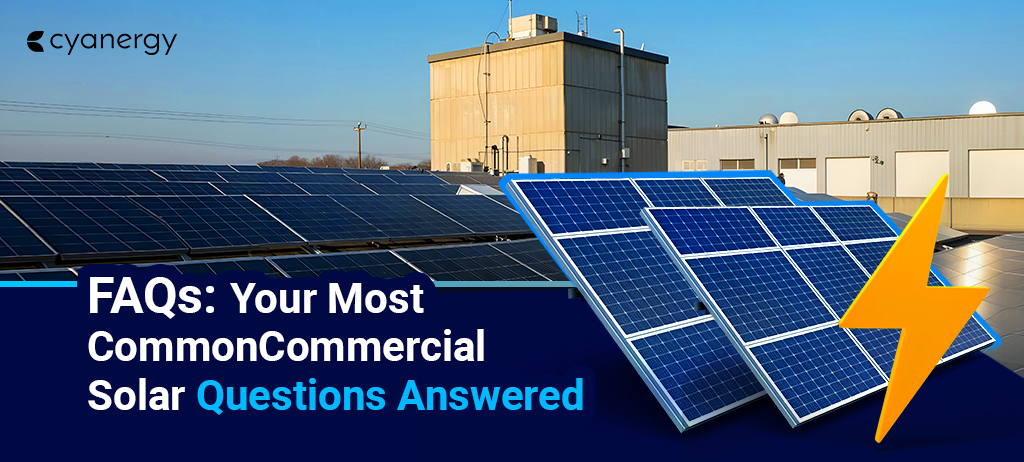Australia is forging ahead into a new era of sustainable energy, driven by an unprecedented surge in record-breaking renewables. From the sun-drenched plains to the wind-kissed coastlines, Australia’s vast landscapes are becoming a fertile ground for clean and affordable power generation.
In this captivating journey towards a greener and more affordable future, we explore how Australia’s record renewables are lighting the way to a sustainable tomorrow, transforming the energy landscape while empowering individuals and communities alike.
Join us as we delve into the captivating realm of renewable energy and discover how it is reshaping Australia’s destiny.
Australia's Renewable Energy Boom

- Abundant Solar Potential
- Vast Wind Resources
- Growing Investment in Renewables
- Large-scale renewable generation: The grid welcomed 2,257 MW of new capacity from 20 projects, contributing to the country’s renewable energy mix.
- Rooftop solar expansion: A remarkable 2.7 GW of new capacity was added through 310,352 households and small businesses, further bolstering Australia’s solar power potential.
- Onshore wind development: Construction began or financial commitments were made for 4.6 GW of onshore wind projects, further diversifying the renewable energy portfolio
- Increasing battery storage: The construction of large-scale batteries reached 1,380 MW/2,004 MWh by the end of 2022, representing a significant growth compared to 2021.
- Investment growth: Year-on-year investment in the clean energy industry for large-scale projects rose by 17%, reaching $6.2 billion in 2022, indicating a strong commitment to renewable energy expansion.
- Power purchase agreements (PPAs): A total of 28 PPAs were finalized in 2022, contracting approximately 1,600 MW of renewable energy capacity. This marked the highest volume of PPAs since the emergence of corporate PPAs in 2016.
- Advancements in Energy Storage
- Economic and Job Creation Opportunities

- Reduced Emissions and Environmental Impact
One of the most significant advantages of Australia’s renewable energy boom is the reduction of greenhouse gas emissions and the positive impact on the environment. The increased share of renewables in the energy mix has helped Australia reduce its reliance on fossil fuels and lower carbon emissions. According to the National Greenhouse Gas Inventory, renewable energy generation in Australia avoided approximately 22.7 million tonnes of CO2-equivalent emissions in 2020.
Australia’s renewable energy boom is transforming the country’s energy landscape, ushering in a greener, more sustainable future. The abundant solar and wind resources, coupled with supportive policies and advancements in energy storage, have propelled Australia’s renewable energy sector forward. This transition not only reduces carbon emissions and mitigates climate change but also creates economic opportunities and enhances energy affordability and reliability. As Australia continues to embrace renewable energy, it sets a positive example for the world, showing that a clean energy future is within reach.
Cost Competitiveness and Affordability
- Declining Costs
The cost of renewable energy technologies, particularly solar and wind, has significantly declined over the past decade. According to the Australian Renewable Energy Agency (ARENA), the cost of solar photovoltaic (PV) systems has decreased by around 82% since 2010, while onshore wind costs have decreased by approximately 50%. These cost reductions make renewables increasingly competitive with traditional fossil fuel-based generation.
- Lower Electricity Bills
As renewable energy sources become more prevalent, households and businesses are benefiting from reduced electricity bills. According to the Australian Competition and Consumer Commission (ACCC), wholesale electricity prices have decreased by around 40% in areas with a high penetration of renewables. This reduction directly translates into savings for consumers and businesses alike, stimulating economic growth.
What is the future of renewable energy in Australia?
A promising future awaits Australia as it embarks on an accelerated transition to renewable energy, as highlighted in a report by PwC. By the year 2040, Australia has the potential to achieve a remarkable 90% renewable power system, fostering economic growth and prosperity. This bold shift could add a substantial $15 billion to the nation’s GDP, empowering Australians with an additional $11 billion for increased spending and economic stimulation.
According to the Australian Academy of Technological Sciences and Engineering, Australia’s renewable energy share is projected to surge to an impressive 69% by 2030. This ambitious target reflects the nation’s commitment to embracing sustainable energy sources on a large scale, driving environmental preservation and energy security.
In 2021, Australia set a new milestone with renewable energy accounting for 29% of the country’s total electricity generation, marking the highest proportion on record. This significant achievement demonstrates the rapid progress Australia has made in transitioning to clean energy and showcases the country’s dedication to a greener and more sustainable future.
With each passing year, Australia’s renewable energy sector continues to flourish, propelling the nation towards a future powered by clean, reliable, and economically beneficial energy sources.

Is Renewable Energy Cheaper in Australia?
In Australia, wind and solar energy have emerged as the most cost-effective options for electricity generation and storage, as highlighted by a report from CSIRO and AEMO’s GenCost 2021-22 report. The economics of renewable energy have reached a tipping point, where the costs associated with solar and wind electricity have surpassed those of new coal and gas plants.
Projections indicate that by 2030, the price of solar and wind electricity is expected to plummet to A$30 per megawatt hour, significantly undercutting the operational costs of existing gas and coal stations. This competitive pricing even poses a challenge to gas for industrial heating, paving the way for a future where renewable energy becomes the go-to choice for both economic and sustainable energy solutions.
Final Thoughts
Australia stands at a pivotal moment in its energy journey, with record renewables poised to shape a greener and more sustainable future. The remarkable progress in solar and wind energy, coupled with their increasing cost competitiveness, positions Australia at the forefront of renewable energy adoption.
As we move forward, it is crucial for individuals, businesses, and policymakers to seize the opportunities presented by this renewable energy boom. By embracing clean energy solutions, we can collectively contribute to a reduction in carbon emissions, mitigate climate change, and create a healthier and more prosperous Australia for future generations.
Now is the time to take action. Whether it’s installing rooftop solar panels, supporting renewable energy policies, or advocating for sustainable practices, every step counts. Let’s harness the power of record renewables and actively participate in building a brighter and more sustainable tomorrow.
Together, we can unlock the full potential of renewable energy, creating a greener, more affordable, and prosperous Australia for all. Join the movement towards a renewable-powered future and be a catalyst for change. The time for action is now.
Click here to take the first step towards a better future, together.







